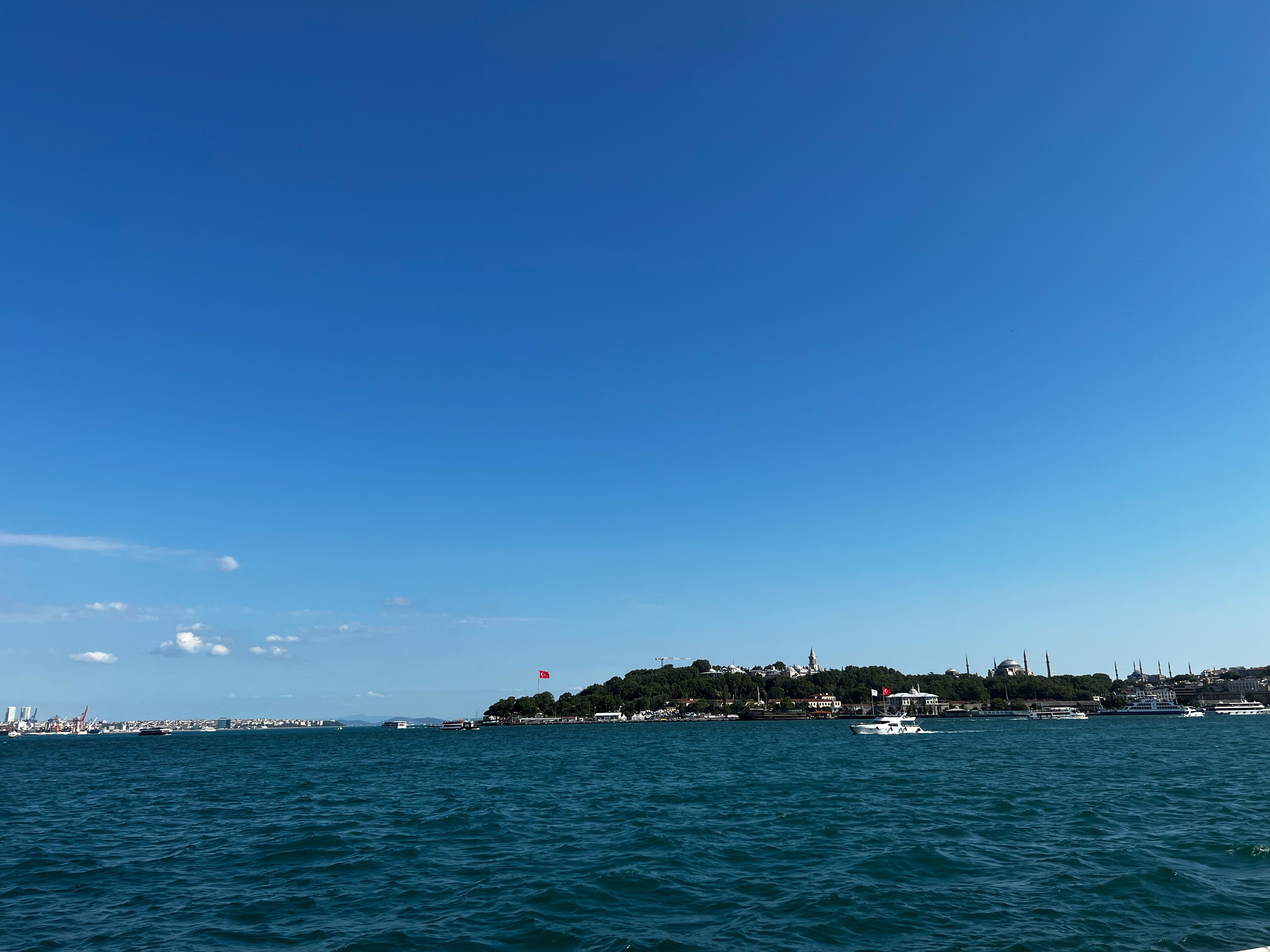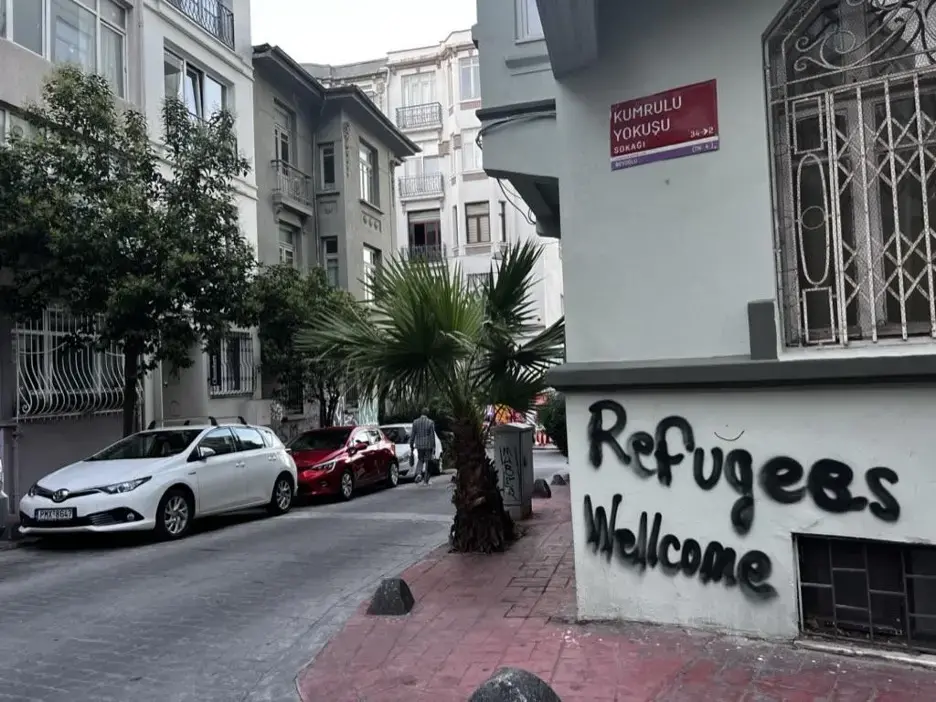
There was tension in the air. I could feel it as soon as I touched down in Istanbul, Turkey, a city I was intimately familiar with but had not visited since the onset of the COVID-19 pandemic and the resulting downturn of the Turkish economy.
It was not my first time in Turkey. In 2017, I spent the year living in Gaziantep, a city in southern Turkey which served as a hub for humanitarians supporting the Syrian cross-border response—and most recently, one of the epicenters of the February 2022 earthquake. I would visit Istanbul regularly to enjoy the sights and sounds of one of the world’s most historic cities. As with other cities throughout Turkey, Istanbul was rapidly changing: rapid urban development, mass expansion of public transportation, and a population boom that followed the onset of the Syrian conflict in 2011.
Within the last decade, Turkey has received over 4 million refugees—3.6 million of whom are Syrian—making it the largest refugee-hosting nation in the world. While Turkey initially welcomed Syrian arrivals following the onset of the Syrian conflict, the sheer number of refugees has placed a significant strain on national resources and infrastructure, which were exacerbated during the COVID-19 pandemic.

As a nonprofit journalism organization, we depend on your support to fund more than 170 reporting projects every year on critical global and local issues. Donate any amount today to become a Pulitzer Center Champion and receive exclusive benefits!
To this day, the mass arrival of refugees from Syria is one of the top political issues in Turkey. Most recently, this has led to a significant rise in anti-immigrant sentiment, including among politicians running on the premise that they would enforce deportations of Syrians from Turkey, which is a violation of international law. This is despite the fact that Syria continues to be unsafe for returnees, with well-documented cases of individuals being detained, imprisoned, and even killed, upon returning to Syria. Building tensions between Turks and Syrians have resulted in what Omar Kadkoy, a Syrian analyst with migration think-tank TEPAV, described as a "hostile" environment for Syrians hoping to integrate into Turkish society, which is worsened by a lack of a well-resourced and sustainable migration management system.
With these challenges in mind, I had returned to Turkey with the intention of exploring another budding refugee crisis following the Russian invasion of Ukraine, which has led to over 8 million displaced Ukrainians outside of the country. Compared to countries in Eastern Europe, including Poland, the Czech Republic, and Slovakia, Turkey had experienced less influx, but was significantly catching up. While global attention was fixated on the European response, I was inspired to explore the phenomenon of "Western" refugees being displaced eastward, and particularly to a country that continued to be the leading refugee-hosting country in the world. Were lessons learned being applied from over a decade of hosting Syrians and other refugee populations? How were Ukrainians being prioritized or treated differently?
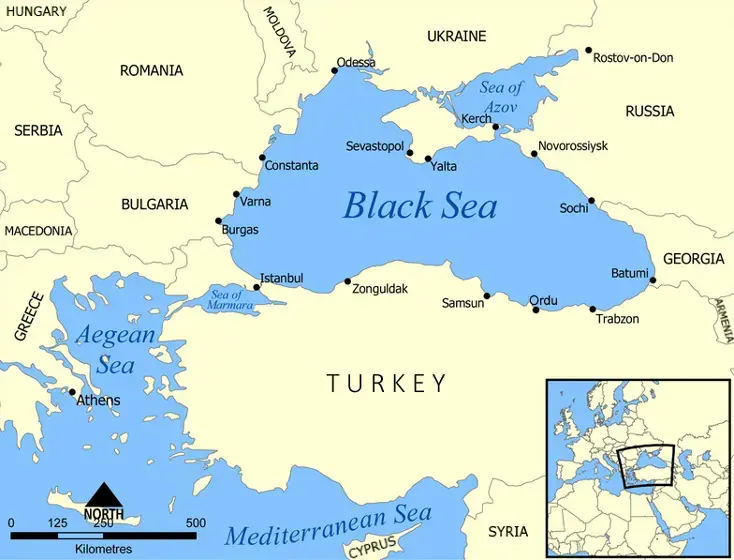
In the month following the Russian invasion, the Turkish Interior Minister announced that Turkey was more than willing to welcome Ukrainians fleeing the conflict. This rhetoric harkens back to President Erdogan’s message of welcome to Syrian “brothers” in 2011. While Turkey initially received 20,000 Ukrainians evacuated in the immediate aftermath of the Russian invasion, the dynamic situation in Ukraine made numbers of Ukrainian arrivals to and from Turkey in the following months difficult to track. The latest statement from the Ukrainian consulate in July 2022 indicated that since February 2022, a total of 278,982 Ukrainian citizens have passed through Turkey, and 232,841 have left the country since—leaving an estimated total of 46,141 Ukrainians who have remained. Meanwhile, estimates from UNHCR (the United Nations Refugee Agency) indicate that over 95,800 Ukrainians have sought refuge in Turkey.
In the early days of my reporting in Istanbul, it became clear that most Ukrainian nationals who had arrived in Turkey had sought temporary refuge in more familiar parts—the Mediterranean coast. Resort towns along the Mediterranean Sea, such as Antalya, Belek, and Kemer, are common summer destinations for Eastern Europeans—including both Russians and Ukrainians. I made plans to travel to the coast, with my first stop in Alanya, where I met with the head of the Ukraine Alanya Association (UAA), Jenny Inan. Originally from Kyiv, she has lived in Alanya for eight years. She was accompanied by Anna Kovalivska, her English translator, who is from Kharkiv and had been displaced to Alanya following the recent invasion.
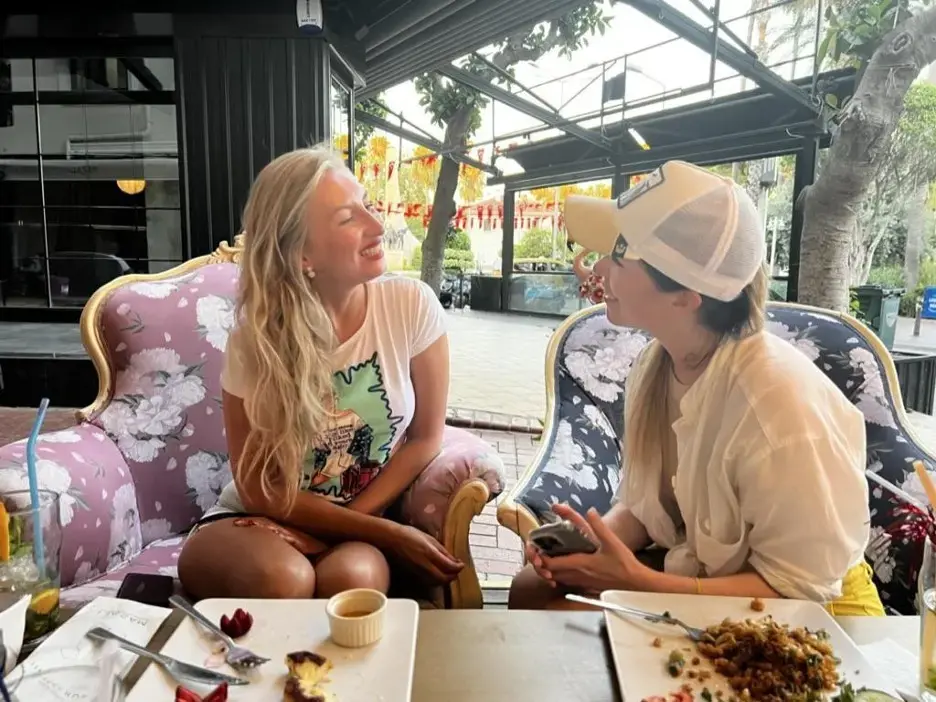
As soon as I arrived, Jenny, whose day job is as a hairstylist, recounted with earnest what the past few months had been like for her, stopping only briefly for Anna to translate periodically. As soon as the invasion began in February, Jenny felt an inclination to help her fellow citizens back in Ukraine. She founded the UAA and organized local donation drives for the local Ukrainian diaspora in Alanya to gather food and clothes to dispatch back to Ukraine, particularly for military personnel. Locally, she organizes events around holidays and in support of children who have been displaced because of the conflict. These efforts have been endorsed by the First Ladies of Turkey and Ukraine, who have pledged support to Ukrainian women and children in Turkey who have been impacted by the conflict. To this day, UAA relies entirely on donations and the patronage of charities, and Jenny’s time is uncompensated.
Beyond her organizing efforts, Jenny serves as a liaison for recently arrived Ukrainians and the consulate, connecting individuals with information about migration, applications for residency permits, renting apartments, as well as organizing willing volunteers who want to contribute. Not surprisingly, much of the organizing takes place over social media—platforms like Facebook, Instagram, Telegram, and WhatsApp serving as a means for displaced Ukrainians to connect to the local diaspora.
I mentioned Jenny’s work to Natalya* and Gosha*, a Ukrainian couple I met with in Alanya, who had been displaced to Turkey suddenly while on vacation in February of 2022. The day after our interview, they invited me back to their temporary home for a bowl of traditional Ukrainian red beet soup or borscht. As we were together, they lamented that their days in Turkey were spent by gathering at the beach with friends from Ukraine to discuss the developments of the war and to complain about the uncertainty they faced for the future. As former directors of a summer camp, they lit up at the idea to volunteer within Jenny’s association and provide support to recently displaced children from Ukraine to give back to their country.
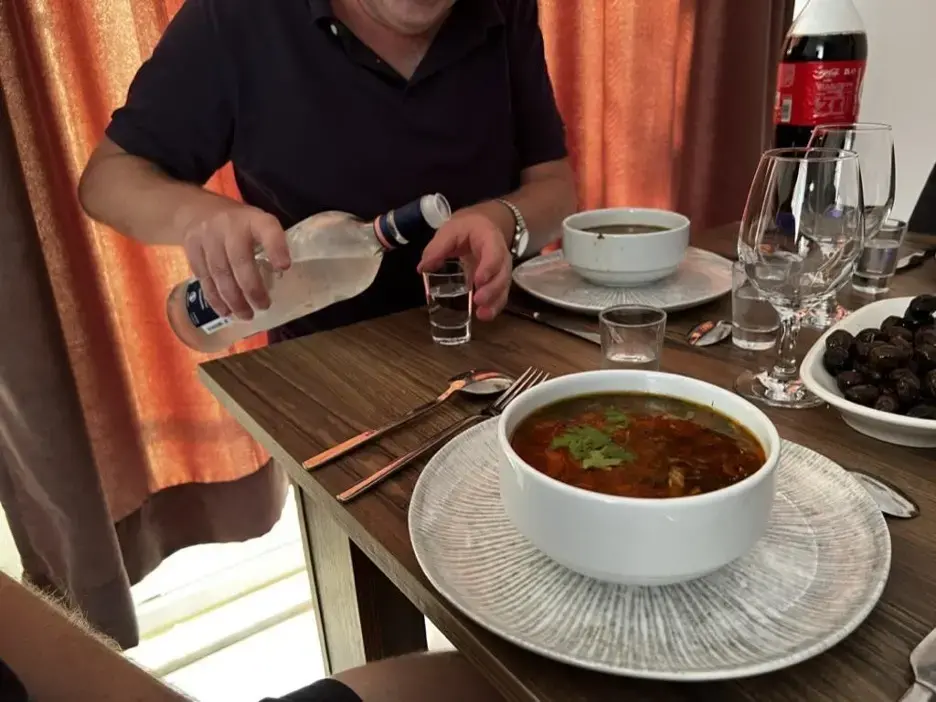
Throughout my conversations with Ukrainians whose lives had been upended by conflict, I became interested in how these individuals were coping with the stress of displacement, as well as the uncertainty of the conflict and their future in Turkey. Jenny mentioned that she had solicited the support of mental health professionals of Ukrainian origin who volunteer within their organization to take on individual cases and provide support. Otherwise, services can be provided by the Turkish health system, which requires Ukrainian residents to purchase insurance—a cost of about 800 Turkish Lira (or above 40 USD) a year. When I asked Jenny whether they had received from the Turkish government to support displaced Ukrainians, she smiled: “We have not received any support yet.”
The absence of financial and concrete support from the Turkish government is temporarily relieved by the support they receive from the Ukrainian Consulates and Embassy in Ankara, as well as local volunteers who offer free office space as places to gather as well as Turkish language classes for recent arrivals. Jenny also mentioned instances of Turkish families taking in Ukrainian families without any recompense.
Given my intimate understanding of the Syrian situation, the limited reaction and engagement from the Turkish government was demonstrative of a broader lack of sustainable and strategic planning, and likely, resources, to integrate displaced Ukrainians into Turkish society. Although I reached out to the Turkish Ministry of Interior, which oversees migration issues, to understand the scale of the Ukrainian situation, I received no response. Other agencies and think tanks I touched base with in Turkey had not yet invested in the resources to explore the unfolding situation in Turkey pertaining to Ukrainians.
More recent events, including the massive earthquakes that took place on February 6, 2023, have had less of an effect on the cities of Alanya and Antalya where Ukrainians are concentrated, but have placed an additional burden on Turkey’s local population, and particularly Syrian refugees who are concentrated in these areas, significantly impacting individuals who had already been displaced, as well as adding further instability to the economic and sociopolitical situation in the country.
Although I have tried to remain optimistic about the situation, it is clear that one year later the conflict in Ukraine is ongoing and may very well become another decade-long crisis that results in the long-term displacement of Ukrainians across borders and into Turkey. As a result, Turkey should be prepared to respond to the needs of this growing population, as well as resolve the differential treatment of particular refugee groups over others.
These asks will be challenging given the ongoing humanitarian response in the aftermath of the major earthquakes as well as increasing sociopolitical turmoil, with migration at the forefront of upcoming elections. If the Syrian situation is any indication of the future for more recent arrivals from Ukraine, it looks bleak. However, time will tell how individuals will cope with these new challenges and work to resolve the tensions they feel within them and against them.
*The names of Natalya and Gosha have been changed to protect their identities.


